Discovering the best way to prune tomato plants can mean the difference between a good harvest and a great one. Pruning, an essential garden task, directs a plant’s energy towards producing lush, flavorful fruit rather than excessive foliage. By selectively removing certain parts of the tomato plant, gardeners can enhance air circulation, reduce disease risk, and focus the plant’s resources on developing a more bountiful yield.
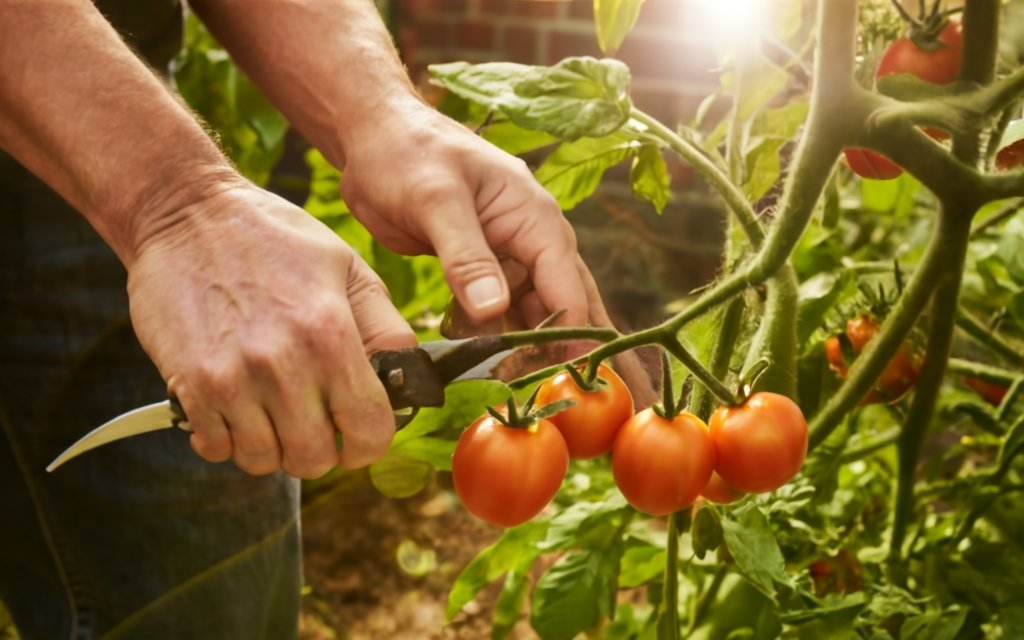
Determinate and Indeterminate Tomato Plants
When you’re picking out plants or seeds for your veggie plot, knowing your tomato types is as crucial as remembering to water them. You’ve got two main characters on the tomato stage: determinate and indeterminate. Let’s dig into what makes each tick and how it ties into your pruning plans.
Determinate Tomatoes
Determinate tomato varieties are the set-it-and-forget-it kind. Once they hit their genetic height limit, they stop growing taller, choosing instead to focus all their energy on pumping out a batch of tomatoes all at once. These are your patio or Roma type of tomato, compact and perfect for containers or small spaces. Since they’re self-contained, they don’t need as much of the snip-snip action as their towering counterparts.
- Stops growing at a certain height.
- Fruits all at once – think of it as a tomato flash mob.
- Minimal pruning needed – just enough to say “I care.”
Indeterminate Tomatoes
Indeterminate tomato varieties, on the other hand, are the plants that continue to give fruit throughout the growing season. They’ll keep stretching skyward, producing a steady stream of tomatoes until frost shows up at the party. These are your classic beefsteaks and cherry tomato. If you’re looking for a quick win, cherry tomatoes are considered one of the easiest tomatoes to grow. They crave your pruning attention to stay healthy and keep the tomatoes coming.
- Grows like it’s reaching for the stars.
- Continual harvest – your tomato buffet.
- Pruning required – think of it as tomato plant yoga to keep them limber.
There you have it, a tomato tale of two growth patterns. Prune with purpose, and you’ll be the maestro of your tomato orchestra, no baton required. Just remember, while determinate tomatoes appreciate a light touch, you should prune indeterminate tomatoes regularly to get the most out of them.
Why Prune a Tomato Plant?
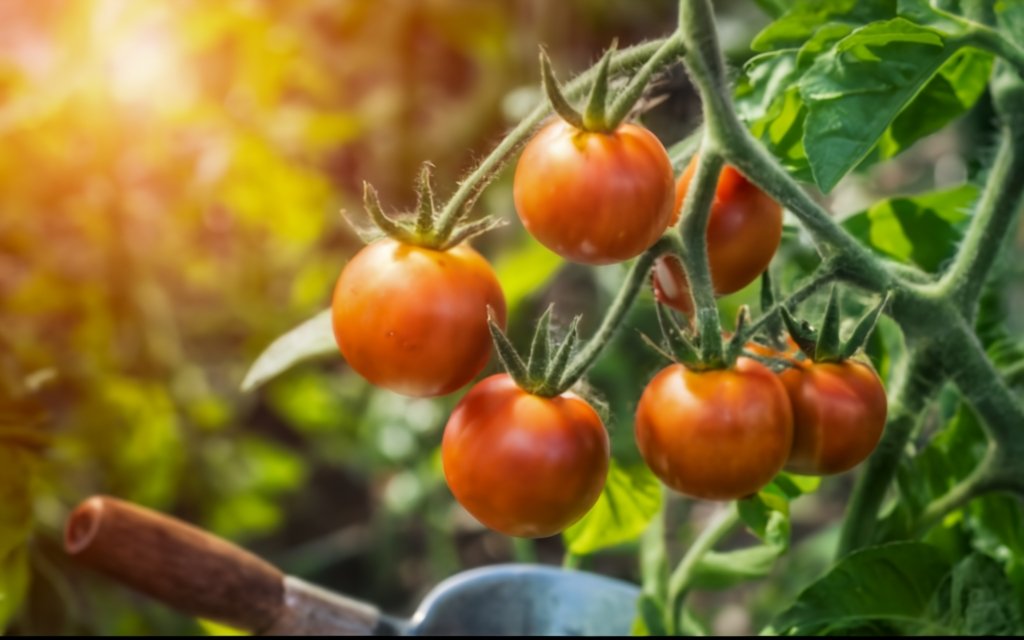
Why Pruning is Essential
Pruning isn’t just about keeping your tomato plants looking neat. It’s a critical step for bolstering plant health and maximizing fruit production. Let’s slice into the why and how it works, shall we?
Healthy tomato plants don’t happen by chance. When you prune your tomato plants, it’s a bit like a garden fitness routine for your plants. It boosts air circulation, which is like giving your plants a breath of fresh air, literally. This isn’t just about comfort; it’s a tactical move against the clingy embrace of fungal problems that thrive in stagnant, humid conditions.
And fruit production? Pruning’s your ticket to the big leagues here. By trimming away excess, your plants redirect their energy from sprouting new stems to swelling those juicy tomatoes. Think of it as your plant’s effort to show off its best.
Table: Benefits of Pruning vs. No Pruning
| Aspect | With Pruning | Without Pruning |
|---|---|---|
| Plant Health | Improved; less disease, stronger stems | Compromised; more susceptible to pests |
| Fruit Production | Increased; bigger, better fruits | Decreased; smaller fruits |
| Air Circulation | Enhanced; lower disease risk | Reduced; higher disease risk |
| Sunlight Exposure | Optimized for all parts of the plant | Uneven; lower leaves may suffer |
| Harvest Volume | Higher; more energy for fruiting | Lower; energy dispersed |
Prune Tomato Plants: Timing Considerations
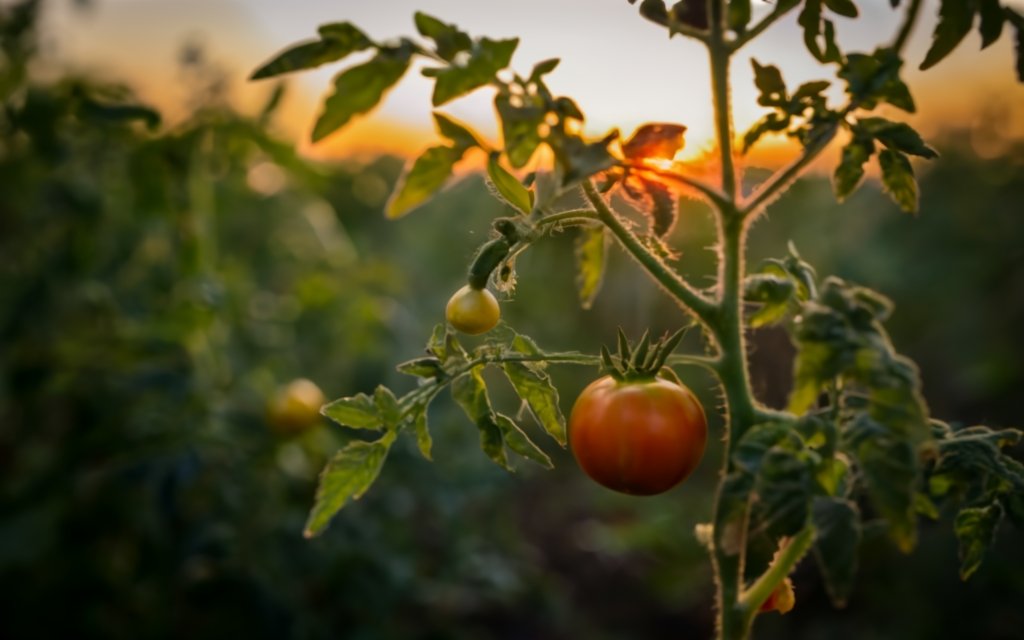
Seasonal Guide to Pruning
In the world of tomato growing, timing is everything, especially when it comes to pruning. Nail the timing, and you’re on track for a bountiful harvest. So, when should you start pruning? Let’s map it out, month by month.
Table: Monthly Pruning Checklist
| Month | Pruning Action |
|---|---|
| Early Spring | Inspect plants after last frost; remove any winter damage. |
| Late Spring | Prune tomatos after transplanting; focus on lower branches. |
| Early Summer | Regularly check for and prune tomato suckers below the first flower cluster. |
| Mid-Summer | Monitor plant height; prune to control size and shape. |
| Late Summer | Begin to reduce pruning frequency; prepare plants for end-of-season. |
| Early Fall | Top plants to redirect energy to fruit ripening before the first frost. |
Starting with the spring sprint, after the last frost has waved goodbye, get in there and clean up any damage winter left behind. As the weather warms and your plants take off, keep an eye out for those sneaky suckers. They’re the stage-five clingers of the tomato world, and they’ll sap your plant’s energy faster than a heatwave.
As summer hits its stride, your pruning should too. This is prime time to ensure your tomato plants are focusing on fruit, not foliage. But come late summer, ease up on the shears. The end is nigh, and it’s time for the plants to put all they’ve got into those soon-to-be sandwiches (or salads, we don’t judge).
And as the cool whispers of fall start to rustle through the leaves, that’s your cue for one last pruning performance. A strategic top-off about a month before the first frost will coax your plants into concentrating on ripening the fruit they’ve got, rather than making a last-ditch effort to pop out more.
Remember, your tomato plants don’t need to be pruned heavily, just a timely trim.
Tomato Pruning Techniques
Step-by-Step Guide to Different Pruning Methods
Got your pruning shears in hand? Good. It’s time to dive into the “how-tos” of Simple and Missouri Pruning methods. These techniques are not just about making cuts; they’re about guiding your plants to produce the best and the juiciest tomatoes they can muster. Let’s roll up our sleeves and get to it.
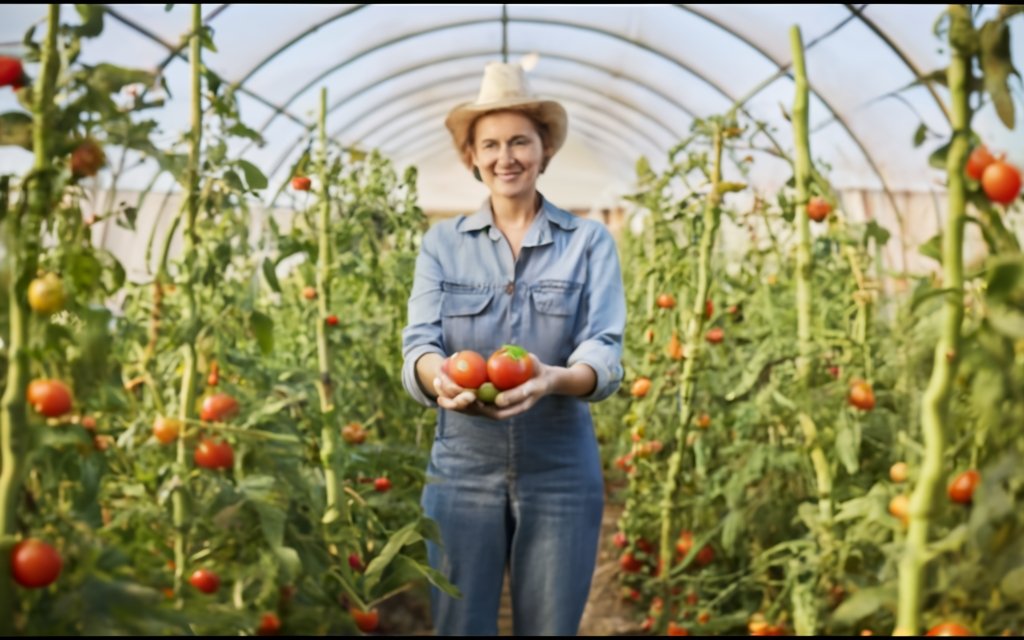
Simple Pruning:
- Identify suckers: Look for shoots sprouting in the “V” between the main stem and branches.
- For small suckers (under 2 inches [5 cm]): Pinch them off with your fingers.
- For larger suckers: Use a sharp pair of pruning shears to make a clean cut.
- Prune suckers below the first flower cluster to prioritize fruit growth.
Missouri Pruning:
- Find large suckers that have gotten out of hand.
- Snip only the tip of the sucker, leaving two leaves to shield fruits from sunscald.
- Watch for new suckers from the remaining portion and repeat as necessary.
Both methods aim to prevent your plants from turning into an unruly tomato jungle. Simple pruning keeps things neat, while Missouri Pruning is like giving your plants a little more freedom while still keeping them in check. Remember, you’re the boss of the bush.
Tomato Pruning Mistakes to Avoid
Avoiding Pruning Blunders
Pruning is like giving your tomato plants a haircut, but not all cuts lead to stylish outcomes. Some well-intentioned snips can lead to a gardening faux pas. To keep your tomato plants in vogue and thriving, let’s address those pruning blunders that every gardener should sidestep.
Top Pruning Mistakes and How to Avoid Them:
- Overzealous Cuts: Prune sparingly. Removing too much can shock your plant.
- Wet Weather Work: Wait for a dry day. Pruning in damp conditions invites disease.
- Delayed Decisions: Don’t wait too long; it’s harder to prune large suckers without harm.
- Using Dull Tools: Always use sharp shears for a clean cut to avoid damage.
Remember, pruning is about precision, not just cutting back. Keep these tips in hand, and you’ll be sure to keep your plants happy and healthy.
Pruning Tool Kit: Essentials and Maintenance
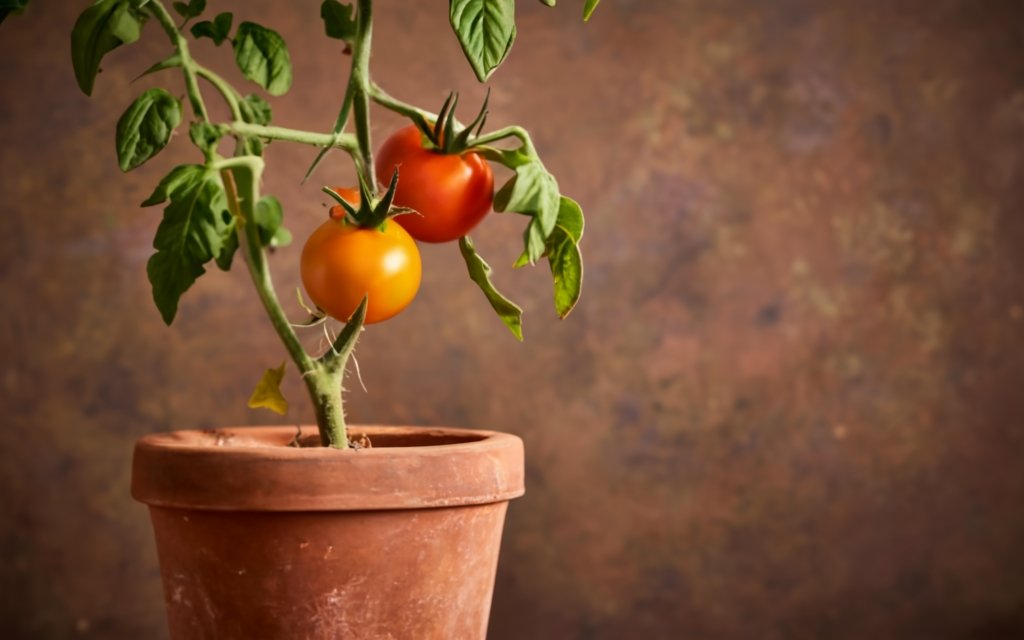
Choosing and Caring for Your Pruning Tools
Just like a master chef needs a quality knife, a gardener needs top-notch pruning tools. Choosing the right gear and keeping it in prime condition is non-negotiable for the health of your tomato plants.
Garden Clippers: Ideal for precise cuts on small suckers and thin branches. They’re the scalpel of the garden world—sharp and accurate.
Loppers: When you’ve got thicker, woodier stems, loppers are your go-to. They’re like the garden shears’ big brother, bringing more muscle to the job.
Applying Lubricant: A drop of oil on the hinge keeps your tools opening and closing smoothly. Think of it as a mini-spa treatment for your shears.
Clean Cuts: Sharp blades make for healthy plants. A clean cut heals faster and reduces the risk of disease.
Table: Types of Pruning Tools and Their Uses
| Tool | Best For | Care Tips |
|---|---|---|
| Hand Pruners | Small suckers, fine-tuning the plant’s shape | Sharpen regularly, oil the joints |
| Loppers | Larger branches, tough cuts | Clean after use, sharpen as needed |
| Pruning Saws | Thick stems, hard-to-reach areas | Clean teeth after use, replace when dull |
Keep your tools clean, sharp, and rust-free, and they’ll return the favor by helping your tomato plants flourish. It’s a partnership, after all, and every good partnership is built on mutual respect—your plants respect a good prune, and your tools respect a little TLC.
Late-Season Pruning: Maximizing Harvest
When the end of the growing season is in sight, late-season pruning, also known as topping, becomes crucial. This is not about shaping the plant anymore; it’s about directing all the plant’s remaining energy towards ripening the existing fruit. It’s a strategic move to get the most out of your harvest.
Late-Season Pruning Steps:
- Monitor Fruit Development: Keep an eye on your tomatoes. When they’re nearing full size but still green, it’s time to act.
- Prune for Ripening: Cut back any new growth at the top of the plant to stop further vegetative development.
- Remove New Blossoms: Any new flowers won’t have time to develop into fruit, so remove them to focus the plant’s energy on the existing fruit.
- Trim Suckers: Any late suckers should be removed to prevent the plant from diverting energy away from fruit ripening.
- Top the Plant: About a month before the first expected frost, cut the main stem just above the last fruit cluster.
This targeted pruning guides the plant to concentrate its resources on maturing the fruit rather than wasting effort on growth that will not yield produce before the colder weather hits. Remember, the goal is to encourage the plant to put all it has into the fruits you’ve so patiently been waiting for.
🍅 Pruning benefits: Enhances plant health, increases airflow, and aids interplanting.
🌱 Determinate vs. indeterminate: Pruning strategies differ for each tomato type.
🍅 Pruning techniques: Learn how to identify and remove suckers for optimal growth.
🌿 Cloning tomatoes: Discover how to propagate new plants from pruned suckers.
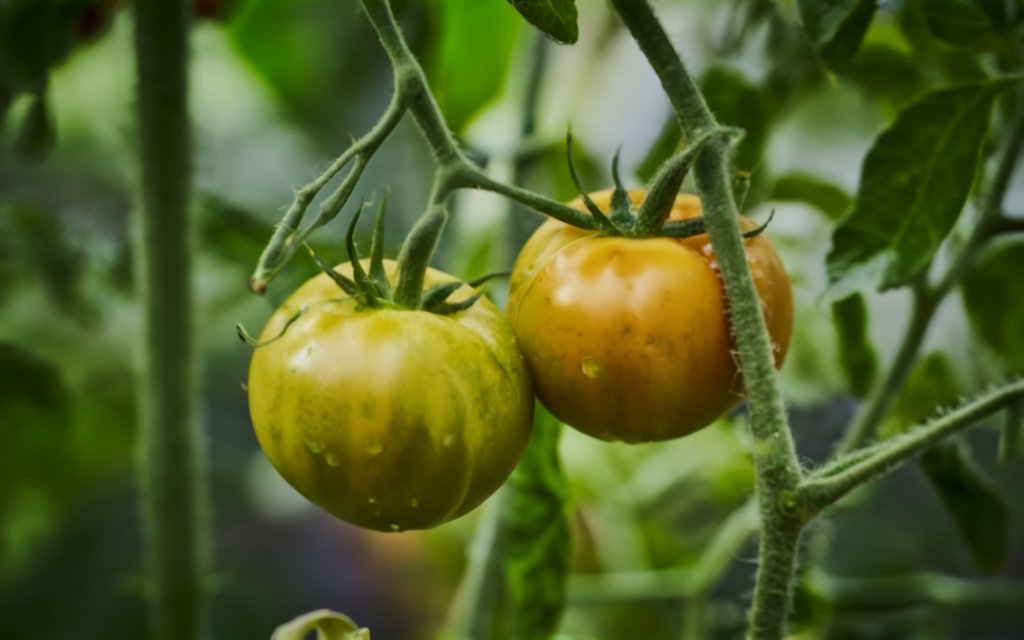
Frequently Asked Questions About Pruning Tomato Plants
Q: Does pruning tomato plants increase the size of the tomatoes?
A: Yes, pruning can focus the plant’s energy on fewer fruits, potentially increasing their size.
Q: Is it necessary to prune cherry tomato varieties?
A: Cherry tomatoes, often indeterminate, generally benefit from pruning to enhance air circulation and fruit access.
Q: How can I ensure clean cuts while pruning?
A: Use sharp garden clippers or loppers and clean them before use to ensure clean cuts and prevent disease transmission.
Q: What’s the best time of day to prune tomato plants?
A: The best time is mid-morning when plants are dry and have the rest of the day to heal before the cooler night.
Q: How does pruning affect the timing of the tomato harvest?
A: Pruning can speed up the ripening process since the plant concentrates on fruiting rather than foliage growth.
Q: Can over-pruning damage my tomato plant?
A: Yes, over-pruning can stress the plant by removing too many leaves, affecting its ability to photosynthesize and grow.
Q: Should I prune the lower leaves of the tomato plant?
A: Yes, removing leaves that are touching the ground can prevent soil-borne diseases from splashing up and infecting the plant.
